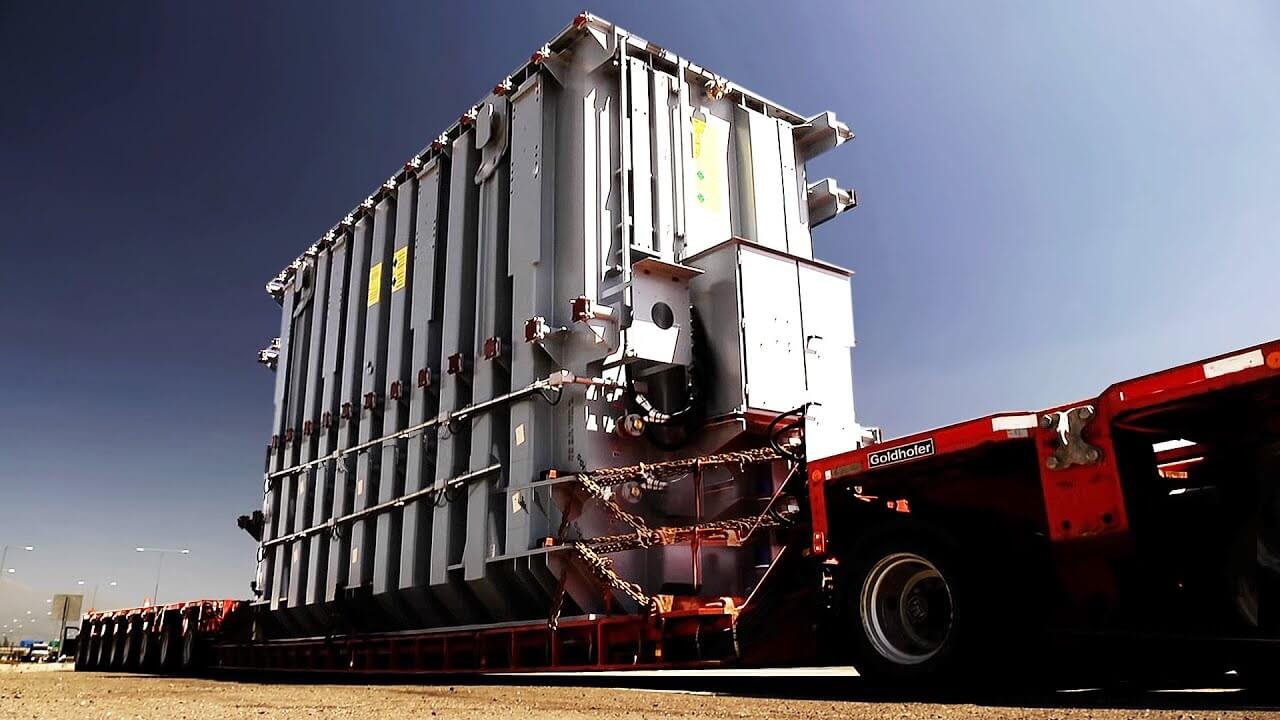Transporting heavy cargo can be a challenging and costly task. It requires careful planning, the right equipment, and an understanding of safety regulations to ensure that everything is moved safely and efficiently. Fortunately, there are innovative solutions available to make this process easier and more cost-effective.
In this article, we will explore some effective ways to transport heavy cargo while minimizing costs and ensuring maximum safety for both personnel and property. We will look at how utilizing automated solutions can make transporting large loads simpler; tips on safe transportation practices; as well as innovative solutions for moving heavy objects from one place to another.
Effective Ways to Transport Heavy Cargo
When it comes to moving heavy cargo, the most important thing is to use the right equipment for loading, unloading, and transporting. Companies that specialize in heavy haul trucking, like those based in Colorado, typically offer a range of services for large-scale moving operations. This can include renting specialized trucks or trailers with extra power and capacity, as well as providing heavy-duty loaders, forklifts, and flatbeds for loading and unloading.
Additionally, it’s important to take into account the route of transportation when moving large items. Choosing the most efficient route can help reduce costs while still ensuring that the cargo arrives safely. It is also important to research potential discounts and offers from shipping companies, as this can help lower prices significantly.
Safety Measures When Transporting Heavy Cargo
When transporting heavy cargo, there are a few safety measures that should be taken to ensure the protection of personnel and property. These include:
- Ensuring all workers involved in loading, unloading, and transporting cargo are properly trained;
- Following all safety protocols as outlined by the transportation company;
- Making sure all workers wear protective gear such as helmets, gloves, and shoes;
- Securing loads with straps or chains to prevent shifting during transit.
These are just a few of the many safety precautions that should be taken when transporting heavy cargo. Ensuring that all workers are knowledgeable and properly trained on safety protocols is essential in reducing potential risks when moving large items from one place to another.
Innovative Solutions for Moving Heavy Objects
In addition to using the right equipment for loading and unloading, companies are increasingly utilizing mobile technology to move heavy items. This includes the use of electric forklifts and robotic lifters that can handle large loads with ease.
Another option is to take advantage of air freight solutions for transporting heavy cargo. This type of shipping can be faster and more cost-effective than ground transportation, depending on the size and weight of the load.
There is also the option of utilizing container shipping for heavy cargo. This is a cost-effective way to move large or oversized items and can help reduce costs compared to air freight.
Finally, companies can take advantage of digital tracking solutions to monitor shipments in real time and ensure that all goods arrive safely and on schedule. When transporting heavy cargo, it is important to utilize these innovative solutions to make the process easier and more cost-effective.
How to Choose the Optimal Solution for Transporting Heavy Cargo
Though there are many solutions available for transporting heavy cargo, choosing the optimal one is not always easy. The best solution will depend on a variety of factors such as size, weight, and destination of the cargo; the budget; and desired time frame.
For example, if a company needs to move a large and heavy item quickly, air freight might be the best option. However, if the budget is tight, then container shipping may be the most cost-effective solution.
Ultimately, selecting the optimal solution for transporting heavy cargo depends on an individual’s or organization’s needs and preferences. It is important to research all available options in order to make an informed decision and ensure that the cargo is transported safely, securely, and cost-effectively.









